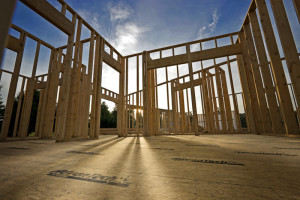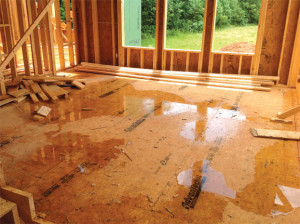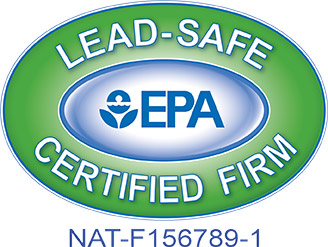Sub-flooring Explained
When it comes to residential framing (at least in my part of the world) a 2×4 is a 2×4, roof trusses are roof trusses, and wall sheathing is wall sheathing. Whether you get it from 84 Lumber, Home Depot, or TW Perry, you are getting basically the exact same product. As long as you’re careful to check the boards for excessive bowing and cupping (see what those terms mean here), you are good to go.
But what about subfloor?
The subfloor is the layer of rough flooring between your finished flooring and the floor joists. It’s typically made of either plywood, oriented strand board (OSB), or “high performance panels” (more on that later). Your subfloor is a highly overlooked component of a building’s structure, but is one of the most important. Why? Because not only is it integral in holding the entire floor system together, but a proper installation – using the best available materials – can make or break the finished product. After all, there’s nothing worse than sagging, uneven floors that squeak with every step.
When asked about specific building products and materials, I often find myself offering an opinion only to quickly follow it up by saying that no product or building method has the corner on the market. This is true across the board – ask a dozen professionals their opinion and you’ll likely get a dozen (sometimes wildly) different answers. When it comes to subfloor, however, my opinion has not changed in 15 years. I choose high-performance subfloor every time – AdvanTech® subfloor panels by Huber Engineered Woods. I’ve been singing their praises to everyone who will listen. I have installed them on over 50 new-construction homes and 150 additions.
Why am I so enthusiastic about AdvanTech subflooring (who is not sponsoring this blog post, by the way)? Three major reasons:
Moisture
When AdvanTech gets wet (as it inevitably will at some point during or after construction), it does not take on moisture like plywood and OSB. Moisture absorption can lead to the edges swelling, as well as delamination (when layers of glued wood separate). Edge swelling and delamination are not only costly to repair, but are the cause of the dreaded high/wavy spots on floors.
Stiffness
AdvanTech has a much higher bending stiffness than its plywood and OSB counterparts This stiffness-factor reduces the amount of bounciness and vibrations in your finished floor, helping to prevent the loosening of hardwood flooring nails and the rattling of china in your grandmother’s cabinet.
Ease of installation
Because AdvanTech is manufactured with higher standards than plywood and OSB, the panels are all exactly the same thickness and are marked with nailing guides. Nailing guides help with proper placement of fasteners and result in less “misses” when it comes to nailing into the joists properly.
Having installed Advantech on over 200 projects has made me a believer. These subfloors have been exposed to days of rain and snow during construction. Even so, I have yet to have a single board swell or delaminate as a result. Furthermore, all of my clients have appreciated the quiet, solid feel and the evenness of their floors. Lastly, Advantech costs about the same as plywood, and about 25% more than OSB, making it an affordable choice on even the largest of projects.
Most building materials are of comparable quality. When it comes to subflooring, however, Advantech is head and shoulders above the rest.
Photos © Huber Engineered Woods LLC



